When President Donald Trump was asked about how concerned he was about the Coronavirus' now global spread, Trump said everything is going to be fine because the weather is about to warm up.
Subsequent responses from top epidemiologists show that Trump likely just made that up without consulting anybody.
The "Coronavirus"--dubbed "COVID-19" by the World Health Organization (WHO)--has dominated global news headlines since its initial outbreak in Wuhan, China in December 2019.
At time of writing, 43,101 people in 26 countries have contracted the virus, with the total death toll surpassing 1,000.
With 13 confirmed cases in the U.S, Trump was forced to share his concern and what he views to be the appropriate response within the United States specifically.
His response calls to mind a grandmother's approach to the common cold.
"A lot of people think that goes away in April as the heat comes in."
"Typically that will go away in April. We're in great shape though. We have 12 cases, 11 cases, and many of them are in good shape."
Apparently the "lot of people" Trump invoked were neither the Center for Disease Control and Prevention nor the International Society for Infectious Diseases. Evidently, there were some other folks in that back room before his speech.
Dr. Britta Lassmann, director of the ISID, directly contradicted Trump's certainty when she spoke to The Huffington Post.
"This statement minimizes the many critical factors needed for the containment of the outbreak and the prevention of further disease spread, such as adequate infection control measures and contact tracing."
"Data on the role of temperature and climate on the transmissibility of 2019-nCoV are currently lacking."
Twitter shared Lassmann's skepticism.
Ironically, that last tweet hits on the logic likely used by whomever did advise Trump to have no fear. Viral infections do generally ramp up in colder months when people spend more time inside, where germs abound in the reduced humidity and close human contact.
That hunch does, however, neglect an entire zone on the globe: tropical areas.
Dr. Tom Friedan, former director of the CDC, enlightened the Huffington Post about those changing dynamics of viral spreads.
"If nCov behaves as influenza behaves, the seasonality seen in temporal climates may not mean seasonality in tropical climates, where influenza can circulate at high levels all year long."
This CDC map of countries with confirmed nCov cases shows that, indeed, the virus has hit those tropical zones.
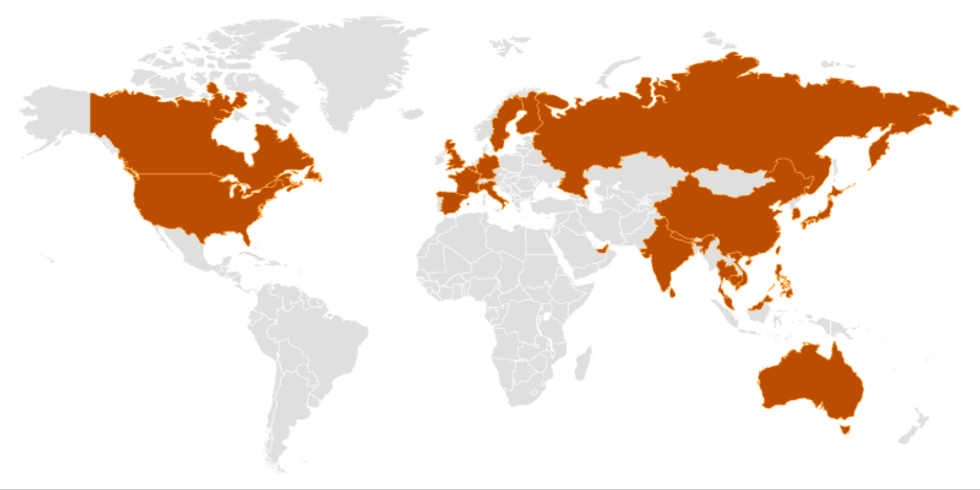
At the end of the day, Dr. Lassmann's earlier warning that "data are lacking" captures the consensus of the scientific community: it's just too early to predict how this will all play out.
It's not the first time Trump has made hasty conclusions about a far-reaching threat without consulting the scientific community.
In September 2019, while Hurricane Dorian was ripping across the ocean toward the Southeast region of the United States, Trump made a glaring mistake during his public warning to people in the path of possible catastrophe.
In that case, Trump doubled down on his inaccurate alarm-sounding, demanding the map be altered to create fact out of his previous lie.
Thus far, no maps have been altered or diagnoses fudged since experts have contradicted Trump's Coronavirus bode of confidence.






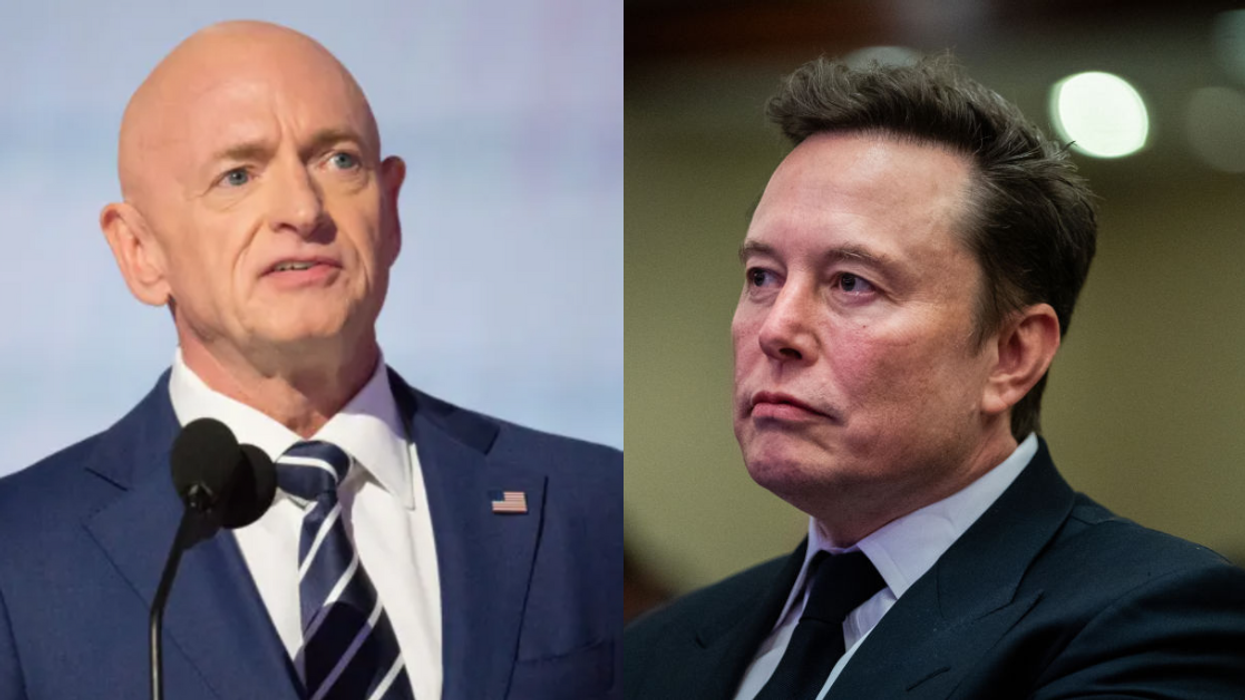
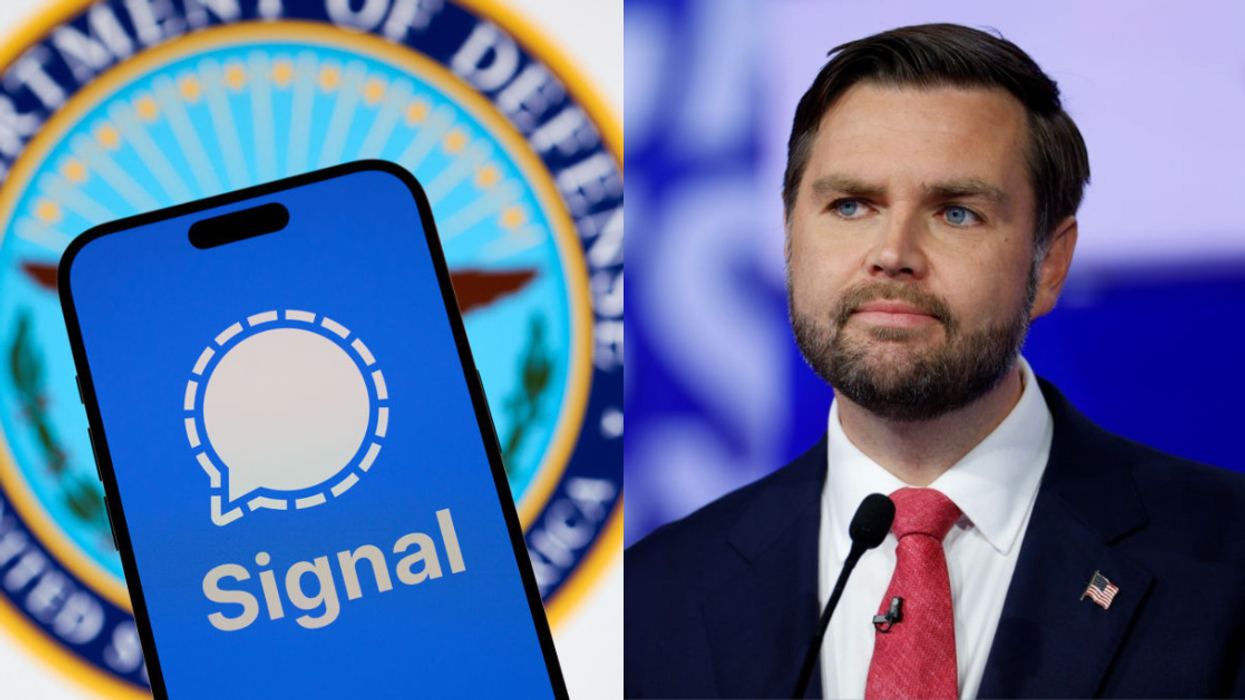

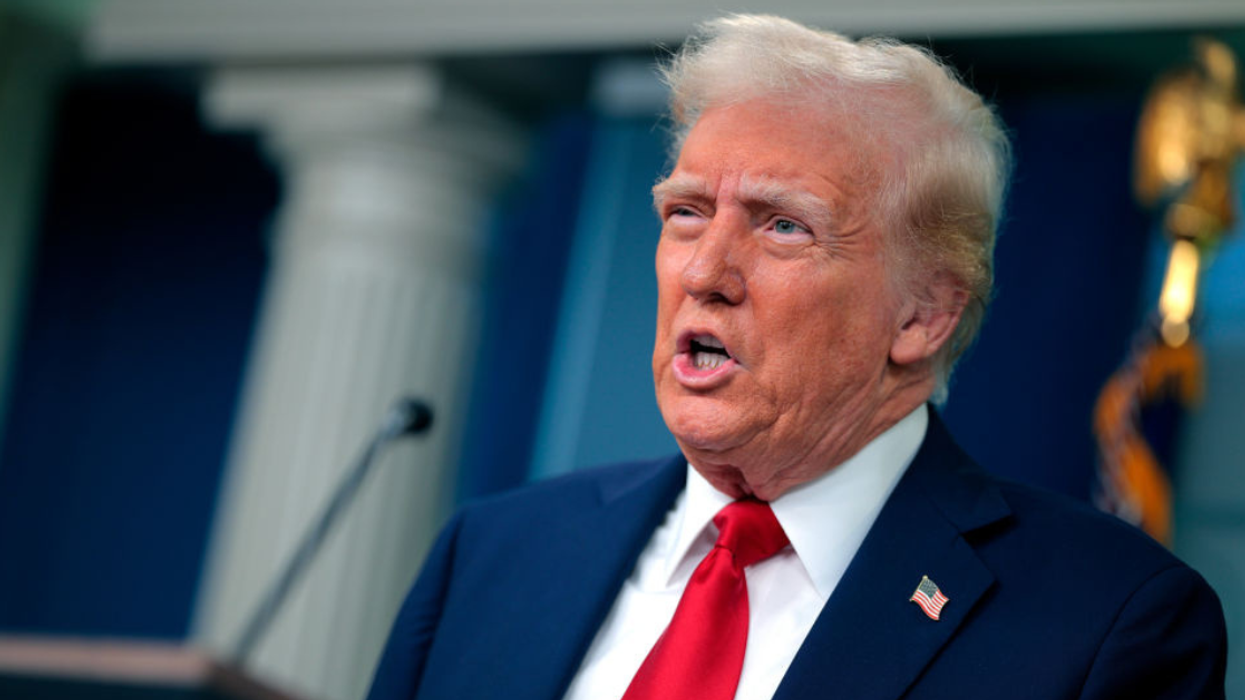
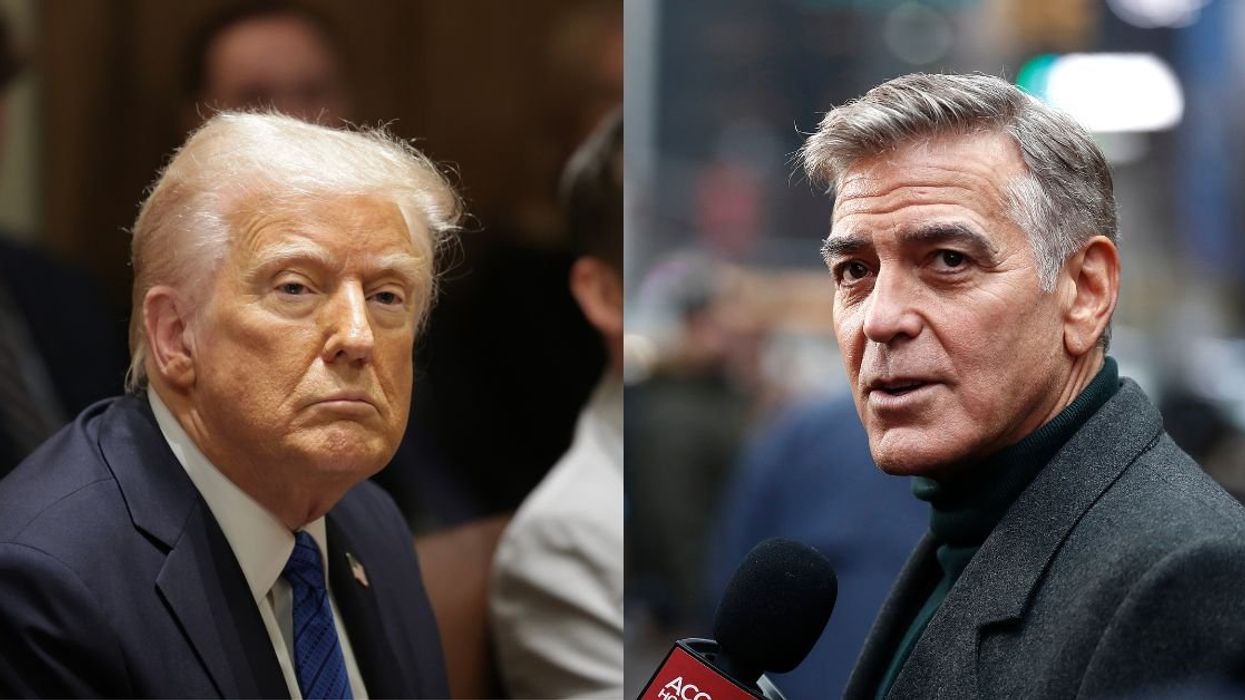


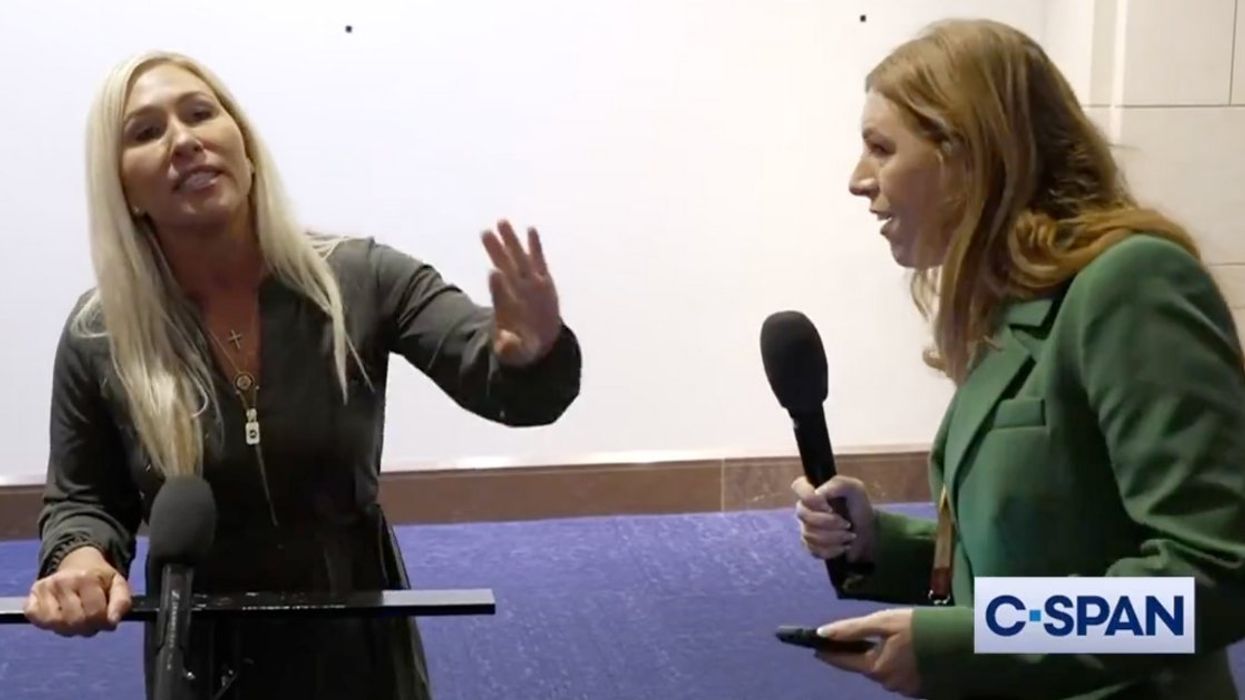

 @VictorkarrBlessvick-g9p1b/YouTube
@VictorkarrBlessvick-g9p1b/YouTube @lisaweber3798/YouTube
@lisaweber3798/YouTube @Bigwill285/YouTube
@Bigwill285/YouTube @youlaughedagain/YouTube
@youlaughedagain/YouTube @CanadianSonja/YouTube
@CanadianSonja/YouTube @twen7yseven/YouTube
@twen7yseven/YouTube @ValBrosteTakingCare/YouTube
@ValBrosteTakingCare/YouTube

 Clean Up After Yourself Season 2 GIF by Parks and Recreation
Clean Up After Yourself Season 2 GIF by Parks and Recreation Vacuum Cleaner Teddy GIF by Timothy Winchester
Vacuum Cleaner Teddy GIF by Timothy Winchester
 Chickens Wtf GIF by Dark Tonic
Chickens Wtf GIF by Dark Tonic tim hortons coffee GIF
tim hortons coffee GIF